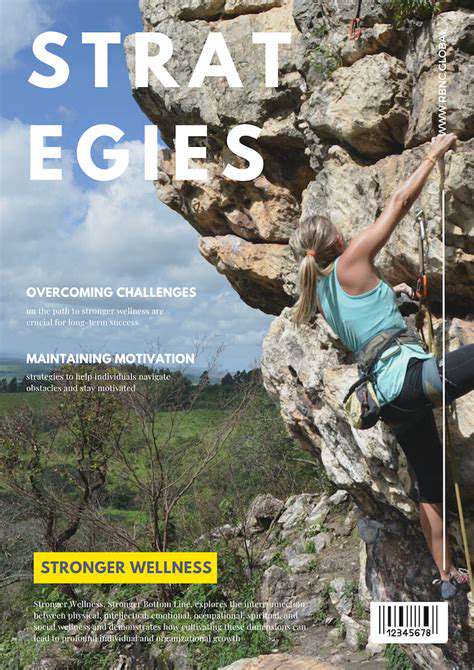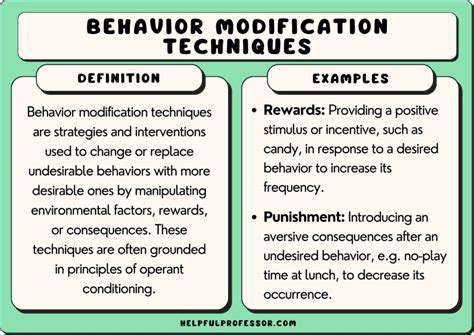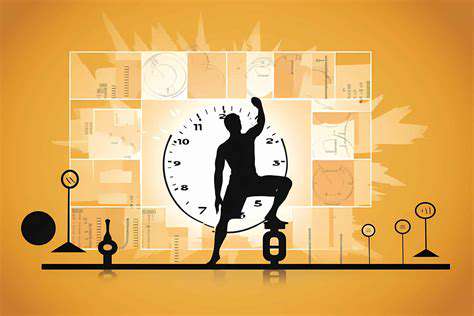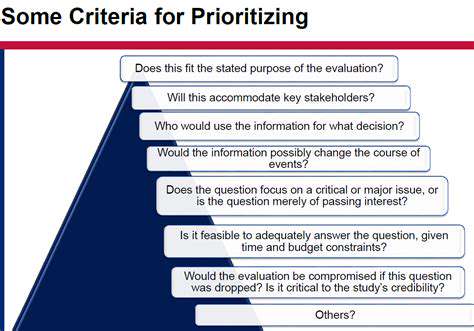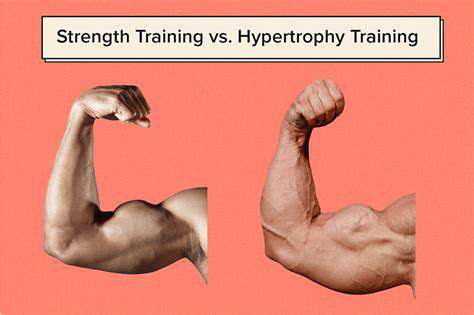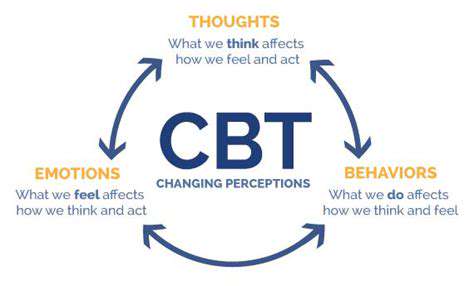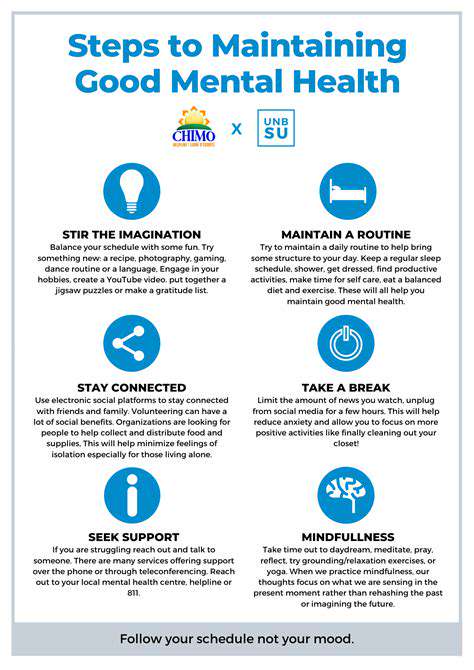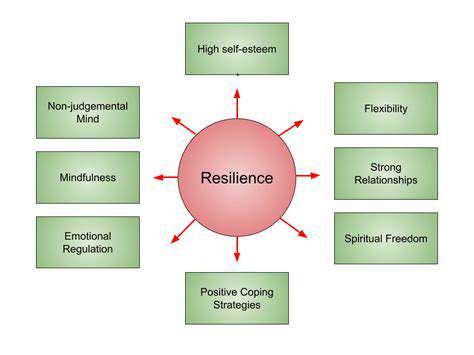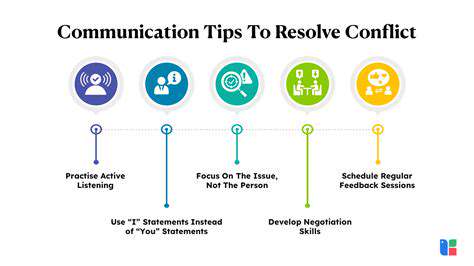How to Stay Motivated to Workout Consistently
- Replace afternoon soda with sparkling water (hydration habit)
- Do two push-ups after brushing teeth (fitness habit)
- Read one page before bed (reading habit)
Identifying and Understanding Triggers
Triggers operate on both conscious and subconscious levels. Environmental psychologist Dr. Wendy Wood's research demonstrates that contextual cues account for 45% of our daily behaviors. By strategically manipulating these triggers, we can engineer better habits.
Practical trigger modification:
| Current Trigger | Modified Trigger | New Habit |
|---|---|---|
| Phone alarm at 7am | Phone across room | Morning stretch |
| Coffee machine sound | Journal beside machine | Daily gratitude |
The Role of Consistent Repetition
MIT researchers discovered that habit formation follows a logarithmic curve rather than the mythical 21-day rule. Their data shows that automaticity typically emerges between 18-254 days, depending on complexity and individual differences.
Three keys to effective repetition:
- Anchor new habits to existing routines (habit stacking)
- Maintain flexibility - missing one day doesn't break the chain
- Use implementation intentions (When X happens, I'll do Y)
Tracking Progress and Celebrating Successes
Behavioral economist Dan Ariely's experiments reveal that visible progress tracking increases motivation by 37%. However, traditional habit trackers often backfire by creating unnecessary pressure.
Effective tracking alternatives:
- Non-linear journaling (only noting meaningful developments)
- Seasonal reviews instead of daily check-ins
- Don't break the chain with flexible rules (3/7 days counts as success)
Finding Workout Companionship and Support Systems
Finding a Workout Buddy
Stanford research indicates that workout consistency improves by 72% with an accountability partner. However, most people choose partners poorly - focusing on convenience rather than compatibility.
Ideal workout buddy traits:
- Similar schedule flexibility
- Complementary strengths (e.g., one excels at cardio, the other at strength)
- Growth mindset orientation
Leveraging Online Communities
The Journal of Medical Internet Research found that online fitness communities increase adherence by providing 24/7 support absent in offline groups. The key is finding niche communities aligned with your specific goals.
Top community types:
| Community Type | Best For | Example |
|---|---|---|
| Skill-based | Learning proper form | r/bodyweightfitness |
| Progress-oriented | Long-term motivation | Fitocracy |
| Challenge-based | Short-term boosts | Strava clubs |
Building a Support Network
University of Pennsylvania research shows that diverse support networks provide 360° accountability. The most effective networks include:
The Support Pyramid:
- Inner circle (2-3 close workout partners)
- Middle ring (class regulars or club members)
- Outer ring (online communities and casual supporters)
Utilizing Fitness Apps and Trackers
A British Journal of Sports Medicine meta-analysis found that app users maintain activity levels 26% longer than non-users. However, most people use these tools incorrectly.
Advanced tracking strategies:
- Focus on process metrics (workouts completed) over outcome metrics (weight)
- Set minimum viable goals to maintain streaks
- Use social features selectively to avoid comparison traps
Finding a Personal Trainer
While 68% of gym members consider trainers, only 12% utilize them effectively according to IDEA Health. The trainer-client relationship matters more than certifications for long-term success.
When interviewing trainers:
- Ask about their philosophy on plateaus and setbacks
- Request client success stories with similar starting points
- Ensure their communication style matches your learning preferences
Creating a Supportive Environment at Home
Environmental design research proves that spatial cues influence behavior more than willpower. My home gym transformation increased my workout frequency by 3x through simple changes:
Key modifications:
- Placed yoga mat permanently by bed
- Stored resistance bands near TV remote
- Hung workout clothes on bathroom door
